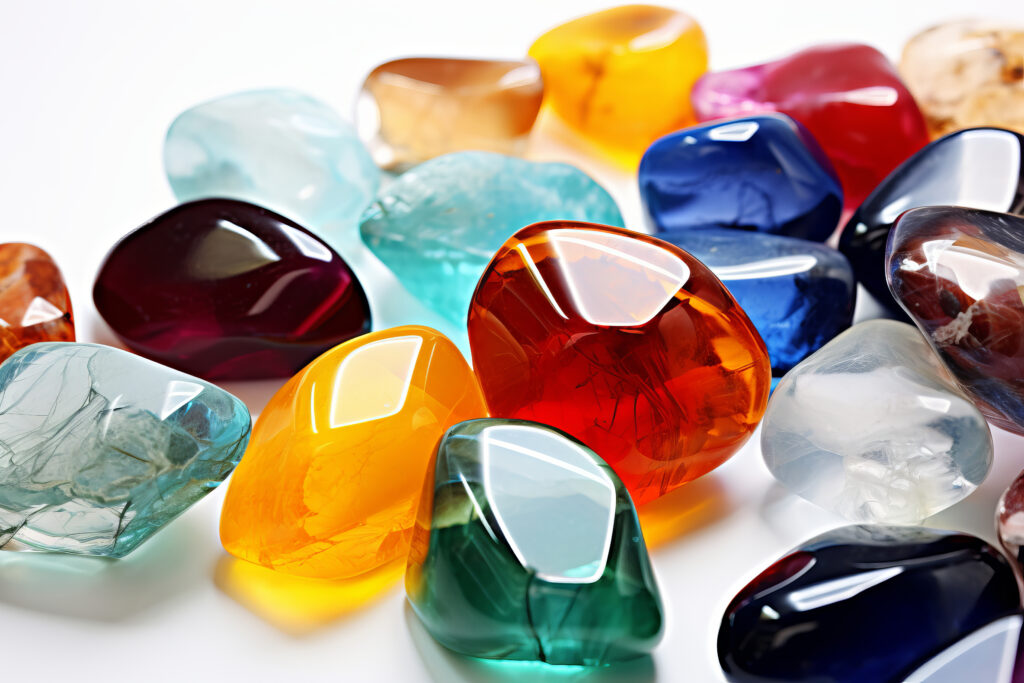Gemstone

What is Gemstone?
“Passionate astrologer and gemstone enthusiast exploring the cosmic connections between celestial bodies and earthly energies. Unraveling the mysteries of astrology while delving into the significance of gemstones in enhancing spiritual harmony and personal growth. Bridging the gap between the heavens and the human experience through insightful readings and gemstone consultations. Nurturing a deep understanding of planetary influences and the transformative power of gemstones in aligning with one’s true destiny. Guiding seekers on a journey of self-discovery and enlightenment, utilizing the wisdom of astrology and the vibrational energies of gemstones. Embracing the cosmic dance of the stars and the timeless allure of gemstones as keys to unlocking the soul’s potential. Channeling celestial insights to empower individuals in navigating life’s challenges and realizing their fullest potential. Crafting personalized astrological profiles and recommending specific gemstones tailored to harmonize with one’s astrological chart and life path. Blending ancient wisdom with modern intuition to offer profound astrological interpretations and gemstone recommendations for holistic well-being. Celebrating the divine synergy between astrology and gemstones as pathways to inner wisdom, healing, and spiritual evolution.”
Why do you wear a Gemstone?
People wear gemstones for various reasons, often related to their beliefs, culture, or personal preferences. Here are some common reasons why people wear gemstones:
Astrological Beliefs: Many people believe that wearing specific gemstones can influence their lives positively by aligning with their astrological signs and mitigating planetary influences.
Spiritual and Healing Purposes: Gemstones are often associated with spiritual healing properties. People may wear them to promote physical, emotional, or spiritual well-being.
Fashion and Aesthetics: Gemstones are naturally beautiful and come in a variety of colors and shapes. People wear them as jewelry to enhance their appearance and express their personal style.
Symbolism and Significance: Certain gemstones hold symbolic meaning in different cultures or religions. People may wear them to represent values, beliefs, or milestones in their lives.
Protection and Luck: Some believe that wearing specific gemstones can offer protection from negative energies or bring good luck and fortune.
Energy and Chakra Balancing: In alternative medicine and spiritual practices like yoga, gemstones are thought to interact with the body’s energy centers (chakras) to promote balance and vitality.
Connection to Nature: Gemstones are natural treasures formed deep within the Earth. Wearing them can symbolize a connection to nature and the Earth’s elements.
Sentimental Value: Gemstones are often passed down through generations or given as gifts with sentimental meaning, making them cherished keepsakes.
Overall, wearing gemstones can be a deeply personal choice influenced by a combination of cultural, spiritual, aesthetic, and symbolic factors.
There characteristics of gemstones as below:
Certainly, gemstones possess a variety of characteristics that contribute to their beauty, rarity, and value. Here are some key characteristics of gemstones:
Color: One of the most noticeable features of a gemstone is its color, which can range from vivid and intense to subtle and muted. The color of a gemstone is influenced by various factors including chemical composition, impurities, and structural defects.
Clarity: Clarity refers to the presence or absence of inclusions, fractures, or other imperfections within a gemstone. Gemstones with high clarity are rare and generally more valuable, although some gemstones are prized for their unique inclusions.
Cut: The cut of a gemstone refers to its shape and the quality of its faceting. A well-cut gemstone will exhibit optimal brilliance, fire, and sparkle, enhancing its overall beauty and value. Common cuts include round, oval, emerald, princess, and pear, among others.
Carat Weight: Carat weight is a measure of a gemstone’s weight, with one carat equal to 200 milligrams. Larger gemstones are generally more rare and valuable, especially if they exhibit desirable color, clarity, and cut.
Hardness: Gemstones vary in hardness on the Mohs scale, which measures a mineral’s resistance to scratching. Harder gemstones are more durable and suitable for everyday wear, while softer gemstones may require more care to prevent damage.
Luster: Luster refers to the way light interacts with the surface of a gemstone, producing brightness, brilliance, and shine. Gemstones can exhibit various types of luster, including vitreous (glass-like), adamantine (diamond-like), metallic, pearly, or silky.
Transparency: Transparency describes the degree to which light can pass through a gemstone. Some gemstones are transparent and allow light to pass through with minimal distortion, while others may be translucent or opaque, depending on their internal structure and composition.
Rarity: Rarity is an important factor in determining the value of a gemstone. Some gemstones are more abundant and readily available, while others are extremely rare and prized for their scarcity.
Origin: The geographic origin of a gemstone can also affect its value and desirability. Certain regions are known for producing gemstones of exceptional quality, color, and clarity, which can command premium prices in the market.
These characteristics, among others, contribute to the uniqueness and allure of gemstones, making them highly sought after for jewelry, investment, and collection purposes.
